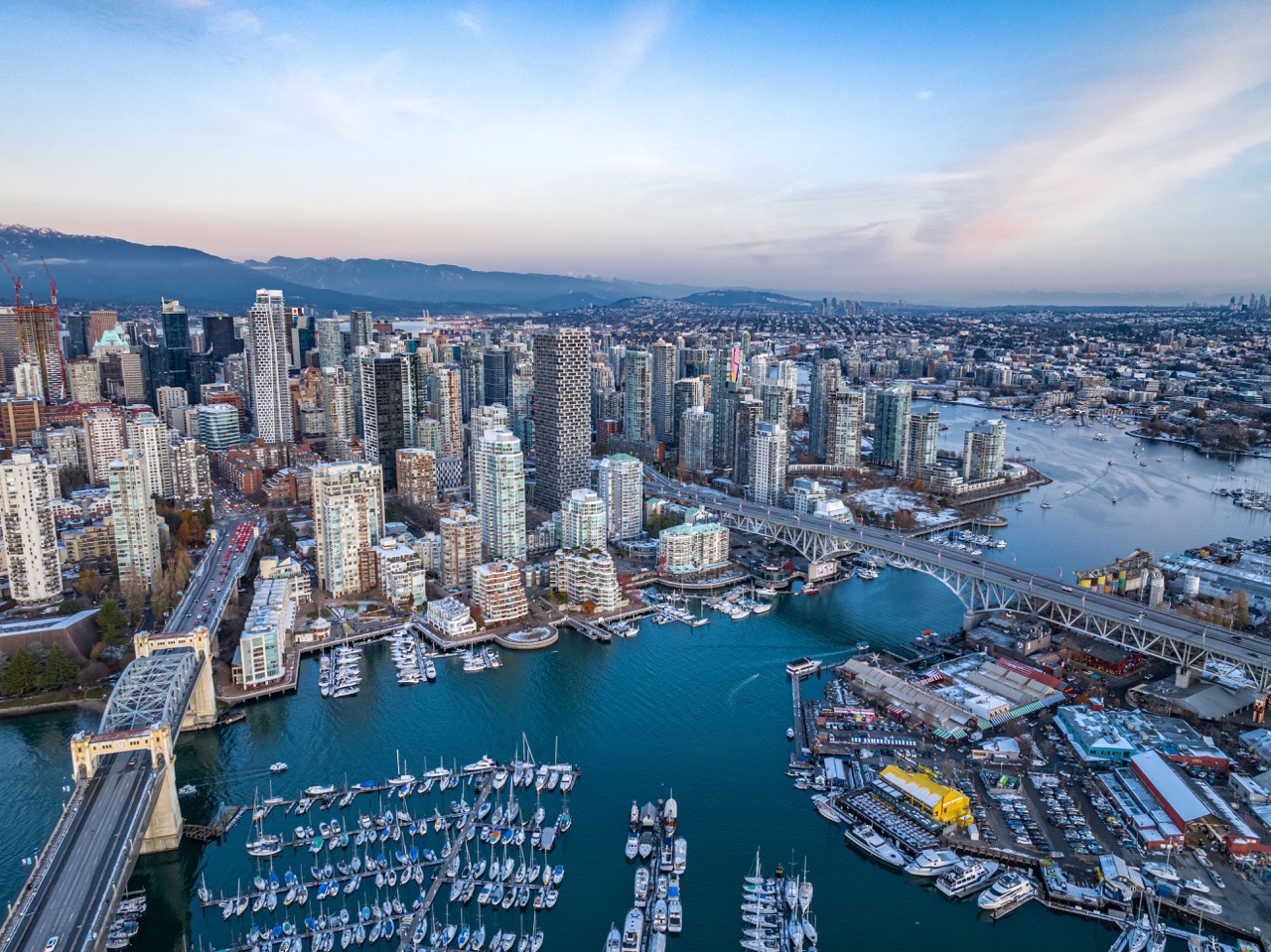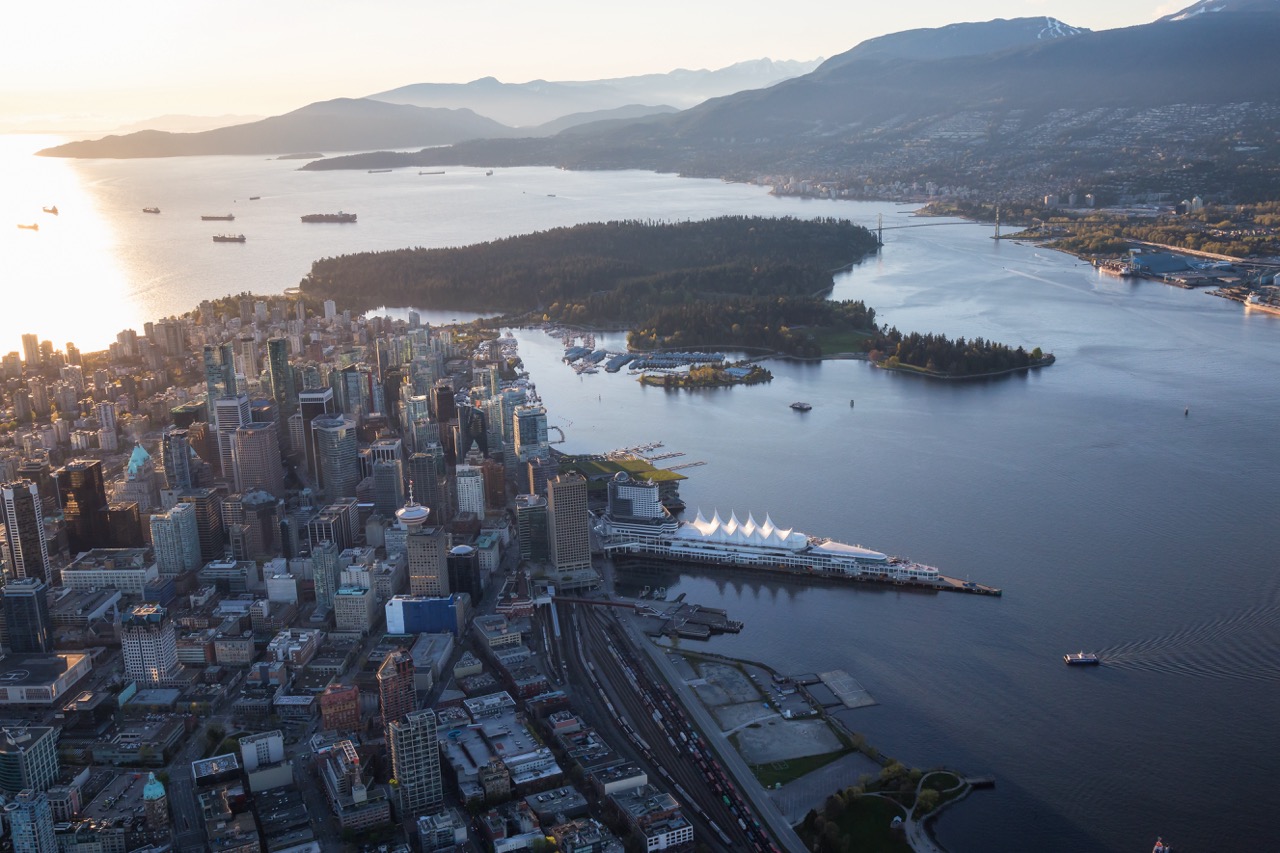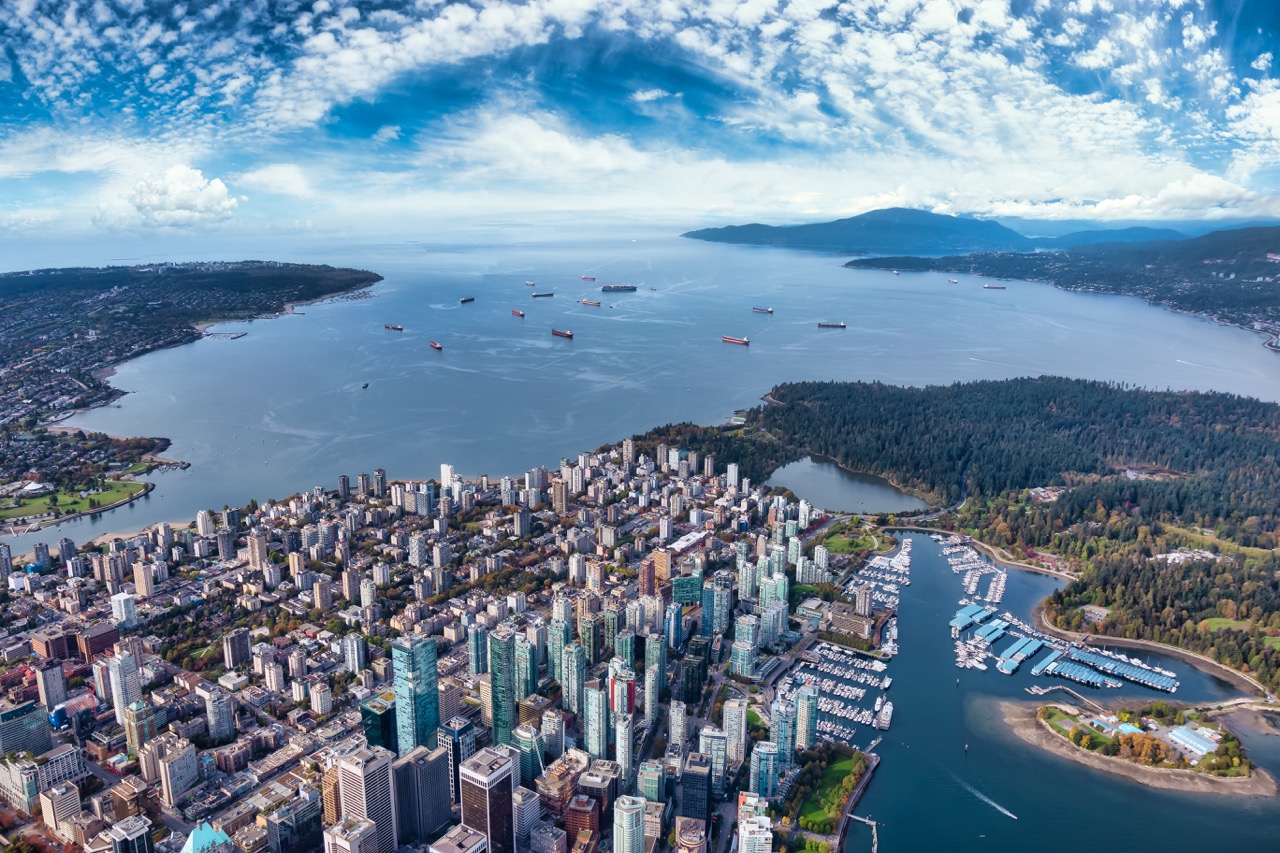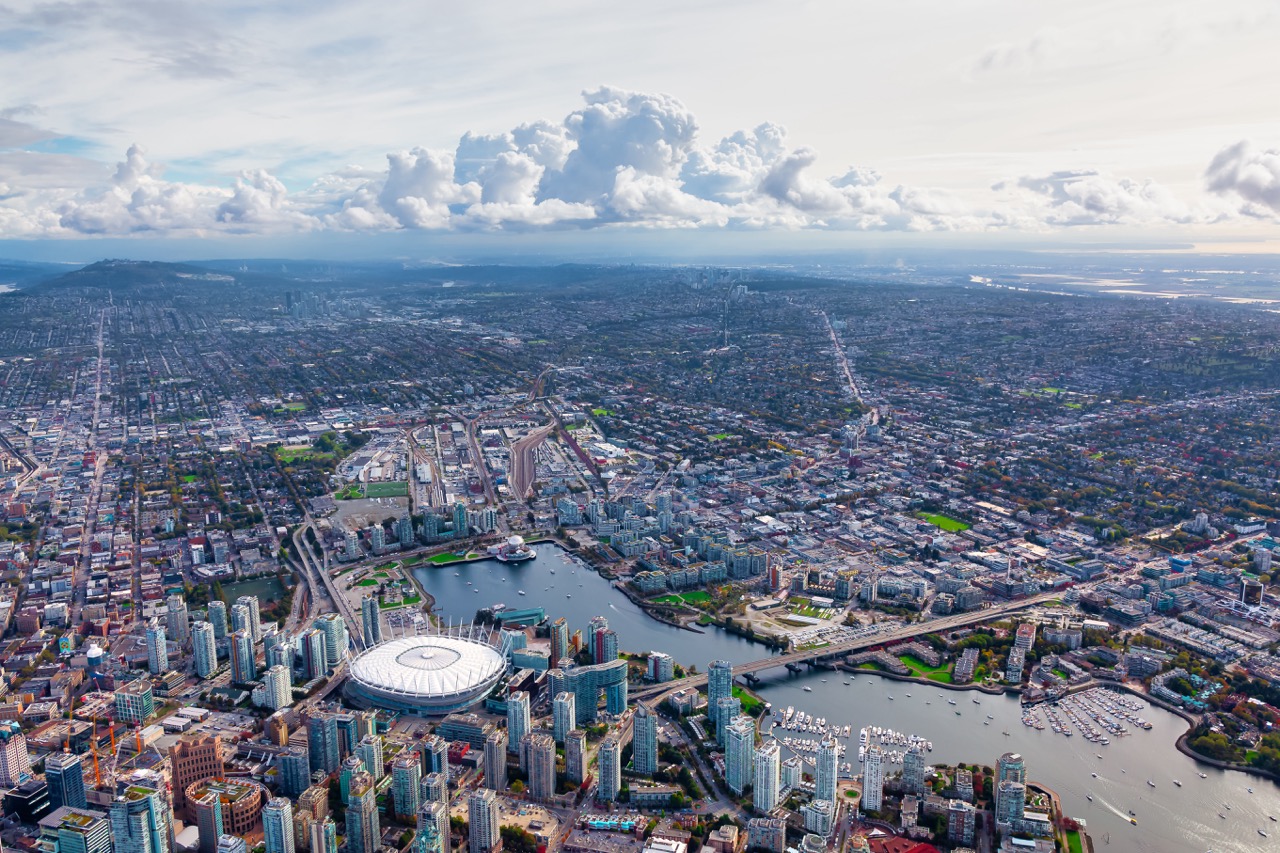British Columbia (BC) consistently ranks as one of the most livable regions in Canada, celebrated for its stunning natural landscapes and commitment to environmental sustainability. With rapid urbanization and increasing housing demands, the province faces the critical challenge of ensuring that its housing development aligns with eco-friendly practices. Sustainable housing in BC has emerged as a key solution to balance the need for residential space with environmental conservation. This article evaluates the current state of sustainable housing in BC, discusses its benefits, challenges, innovative practices, policy frameworks, and future trends.
Evaluating the Current State of Sustainable Housing in BC
The state of sustainable housing in BC has seen significant advancements in the last decade, driven by both government initiatives and community interest. Various municipalities, such as Vancouver and Victoria, have implemented green building codes and incentives for developers to incorporate sustainable practices into their projects. The province actively encourages the construction of energy-efficient homes that utilize renewable resources and minimize waste, reflecting a commitment to reducing the carbon footprint associated with residential living.
In recent years, the adoption of sustainability certifications, such as LEED (Leadership in Energy and Environmental Design) and Built Green, has gained traction among builders and homeowners alike. These certifications provide a benchmark for evaluating the environmental impact of homes and ensure adherence to rigorous standards for energy consumption, water efficiency, and material selection. Despite these advancements, the overall percentage of sustainable homes remains relatively low compared to the total housing stock in BC, indicating the need for a more extensive shift in practices.
Moreover, as BC’s population continues to grow, the challenge of integrating sustainable housing within urban planning becomes increasingly complex. Land use policies have to be revisited to ensure that new developments not only meet the demands of a growing population but also adhere to sustainable principles. The current state of sustainable housing in BC illustrates both progress and a pressing need for further action to align housing development with the province’s environmental goals.
Key Benefits of Sustainable Housing for BC Residents
Sustainable housing offers a myriad of benefits for residents in BC, primarily through its energy efficiency and reduced utility costs. Homes designed with sustainable practices often feature advanced insulation, energy-efficient appliances, and renewable energy sources like solar panels. As a result, homeowners can experience substantial savings on their monthly energy bills, allowing them to allocate resources towards other essential needs or investments. This economic benefit is particularly crucial in a province known for its high housing costs.
In addition to financial advantages, sustainable housing contributes significantly to improved health and well-being. Homes built with non-toxic materials and effective ventilation systems help maintain better indoor air quality, reducing the risk of respiratory issues and allergies among residents. Furthermore, the integration of natural elements and green spaces in sustainable housing designs enhances the aesthetic appeal and promotes a sense of community. Access to parks and nearby nature fosters mental well-being and encourages a more active lifestyle.
Lastly, sustainable housing aligns with the values of many BC residents who prioritize environmental stewardship and social responsibility. Living in eco-friendly homes allows residents to play a part in combating climate change and preserving the natural beauty of their surroundings. This sense of purpose not only strengthens community bonds but can also enhance property values, as increasingly environmentally conscious buyers seek out sustainable options in the housing market.
Challenges Facing Sustainable Housing Development in BC
Despite the numerous advantages of sustainable housing, several challenges impede its widespread adoption throughout BC. One of the most significant barriers is the initial investment required for sustainable construction practices. The upfront costs associated with eco-friendly materials and technologies can deter both builders and buyers, particularly in a market where affordability is already a major concern. This financial hurdle often leads to a preference for traditional building methods, which may be more cost-effective in the short term.
Another challenge arises from the bureaucratic and regulatory landscape that governs housing development in BC. Navigating complex zoning laws and building regulations can be a daunting task for developers interested in pursuing sustainable practices. The lack of standardized guidelines for green building can create confusion and inconsistency, leading to delays and increased costs. Additionally, some municipalities may lack the necessary infrastructure or resources to support sustainable initiatives, further complicating efforts to promote eco-friendly housing.
Community opposition, often referred to as "Not In My Backyard" (NIMBY) sentiments, can also hinder the development of sustainable housing projects. Residents may resist the introduction of new eco-friendly homes in their neighborhoods due to concerns about potential impacts on property values, increased traffic, or changes to the local landscape. Overcoming these challenges requires effective communication, stakeholder engagement, and education to help communities recognize the long-term benefits of sustainable housing for both individuals and the environment.
Innovative Technologies Enhancing Sustainable Housing Practices
Innovative technologies are playing a pivotal role in advancing sustainable housing practices in BC. One notable development is the rise of smart home technologies that optimize energy consumption. Smart meters, programmable thermostats, and energy management systems allow homeowners to monitor and control their energy use in real-time, leading to more efficient consumption patterns. These technologies not only reduce utility costs but also enhance overall energy efficiency, contributing to a lower carbon footprint.
Another emerging trend is the integration of sustainable materials and construction methods. Innovations such as cross-laminated timber (CLT) and recycled materials are gaining popularity for their environmental benefits. CLT, in particular, offers a sustainable alternative to traditional concrete and steel, as it is lightweight, durable, and captures carbon throughout its life cycle. Additionally, modular and prefabricated construction methods are gaining traction, allowing for more efficient building processes that reduce waste and site disruption.
Furthermore, renewable energy technologies, such as solar photovoltaic systems and geothermal heating, are becoming increasingly accessible to homeowners. Government incentives and rebates have made it more feasible for residents to invest in these systems, thereby reducing dependence on fossil fuels. As these innovative technologies continue to evolve, they present significant opportunities for improving the sustainability of housing in BC and aligning residential development with the province’s environmental goals.
Policy Frameworks Supporting Eco-Friendly Housing Initiatives
The policy landscape in British Columbia has evolved to support sustainable housing initiatives, with various levels of government implementing strategies and frameworks aimed at promoting eco-friendly development. At the provincial level, the CleanBC initiative serves as a comprehensive strategy focused on reducing greenhouse gas emissions and enhancing energy efficiency across sectors, including housing. This initiative outlines specific targets for building retrofits, energy-efficient new construction, and the adoption of renewable energy solutions, offering a roadmap for sustainable housing development.
Municipal governments have also taken proactive steps to integrate sustainability into their planning processes. Many cities in BC have established green building policies and guidelines that encourage developers to pursue sustainable practices. Incentive programs, such as density bonuses or expedited permitting for projects that meet specific sustainability criteria, have been implemented to entice builders to prioritize eco-friendly construction. These local initiatives play a crucial role in fostering a culture of sustainability within communities.
Moreover, public engagement and stakeholder collaboration are essential components of the policy framework supporting sustainable housing. Government agencies are increasingly involving community members in the decision-making process, ensuring that diverse perspectives are considered when developing housing policies. Through consultations and workshops, residents can voice their concerns and contribute to shaping policies that align with their values and needs, ultimately leading to a more sustainable and inclusive housing landscape in BC.
Future Trends in Sustainable Housing for British Columbia
The future of sustainable housing in British Columbia is poised for transformative growth, driven by advancements in technology, changing consumer preferences, and evolving policy frameworks. One notable trend is the increasing demand for net-zero energy homes, which produce as much energy as they consume over a year. As energy efficiency standards become more stringent, builders are exploring innovative designs and technologies to meet these criteria, making net-zero homes a viable option for homeowners looking to minimize their environmental impact.
Additionally, the emphasis on community-oriented sustainable development is expected to gain traction. Mixed-use developments that integrate residential, commercial, and recreational spaces will likely become more prevalent, promoting walkability and reducing reliance on vehicles. These developments not only enhance convenience for residents but also cultivate a sense of community and shared responsibility for the environment.
Furthermore, the impact of climate change is likely to influence future housing trends in BC. As extreme weather events become more frequent, resilience in housing design will become a priority. This includes incorporating flood-resistant features, heat management systems, and sustainable water management practices. By proactively addressing these challenges, the province can ensure that its housing stock remains not only sustainable but also adaptable to the evolving needs of its residents.
In conclusion, sustainable housing in British Columbia represents a critical intersection of environmental stewardship, economic opportunity, and community well-being. While progress has been made, the journey towards widespread adoption of sustainable practices in housing development is ongoing. Addressing the challenges of cost, regulation, and community acceptance will require collaborative efforts among government, developers, and residents. By embracing innovative technologies and robust policy frameworks, BC can continue to lead the way in creating sustainable housing solutions that benefit both its residents and the environment for generations to come.





